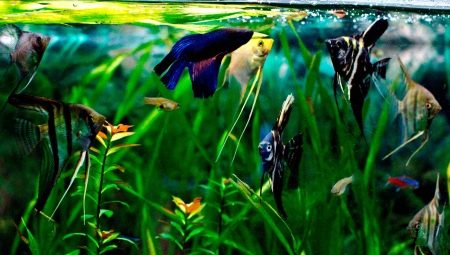Aquarium is a miniature underwater world, inhabited by bright, beautiful fish, whose life can be enjoyed endlessly. But in order for peace and tranquility to reign in a small ocean, it is important to select suitable neighbors. Not all fish and animals get along with each other. So, well-known sword-bearers get along well with any peace-loving fish, but for scalars they pose a serious threat. But who gets along with scalars will be described below.
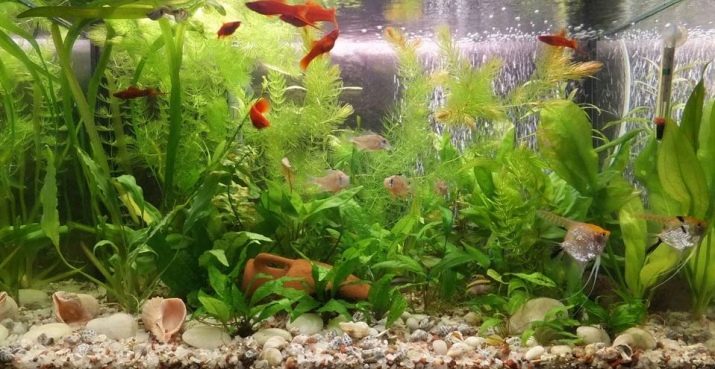
Features of scalars
One of the most famous aquarium fish - angelfish adorn the aquariums of many lovers. Ray-finned fish from the perch order belong to the cichlid family. The fish received its Latin name Pterophyllum for its body shape, resembling a wing or a leaf. And also, scalar is called an angel fish.
Strongly flattened from the sides, with long filiform lateral and elongated dorsal and anal fins, the fish look like a waning moon. They are painted in various shades from gray-blue to olive-silver with dark transverse stripes. But there are also monotonously colored individuals obtained as a result of selection. In length, these fish reach up to 150 mm, and in height - 250 mm.
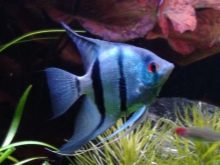
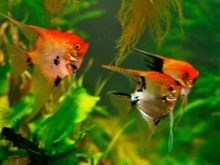
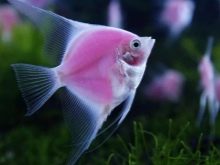
The birthplace of the scalar is such rivers in South America as Orinoco, Essekibo and the Amazon. For life, fish prefer slow waters with dense vegetation. It is convenient to hide and breed.
At home, scalars are kept in high (not less than 50 cm) and spacious aquariums, on the bottom of which broad-leaved algae are planted. Water temperature should be within + 24.28 ° С, hardness not higher than 15 units, acidity 6-7.4. Angels form groups of permanent married couples, therefore they contain several pieces in one container.
Male fish are distinguished by a more dense constitution and a convex forehead.

Females sweep up to 700 eggs, which are attached to the leaves. Three days later, larvae hatch from the eggs, which become fry within a week. All this time, parents look after the offspring, removing dead eggs, transferring the clutch to other places as necessary, hiding the larvae in a shelter for the night. The territory occupied by one married couple is about half a meter around the spawning site.
With proper care and with suitable neighbors, scalars live up to 10 years, but among them there are long-livers.

Angel fish are fed live food, as they are predators. Since the adult fish is quite large, many small fish and juveniles of other species will be perceived by the scalar as an object of hunting. But not all fish suffer from angels, many, on the contrary, pose a threat to them by plucking their tails and breaking off the fins. Therefore, acquiring such beauties as scalars, you need to choose the right fish-neighbors, which can be shared with them in one aquarium.
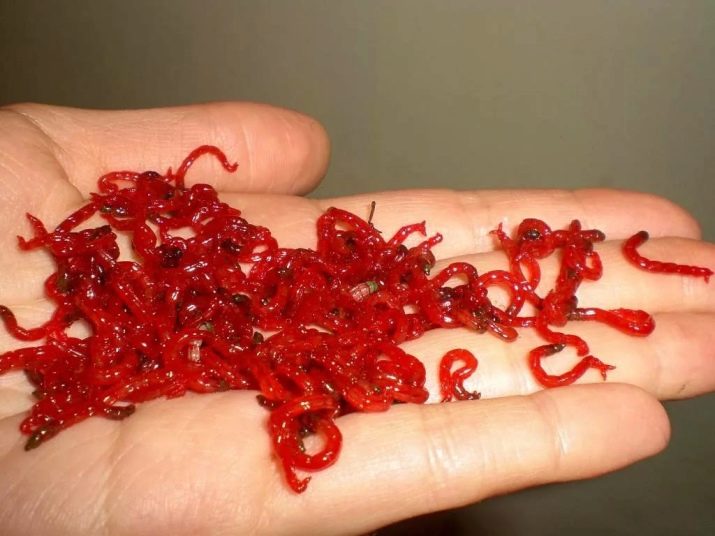
Who can I keep with?
On the Internet you can find various tables that indicate which fish angelfish have the best compatibility. But experienced people who have kept pterophyllum for many years say that the table does not give a 100% guarantee that these species will coexist in your aquarium.
The easiest way to get along in one aquarium is fish that were populated at the same time and were about the same age. In the future, the sharing of even suitable fish can cause problems. But anyway You can choose suitable neighbors empirically, immediately excluding the unreliable.

According to experienced aquarists, several types of fish get along best with scalars.
- Catfish. Benthic fish feel safe next to the angels, as their living territories practically do not intersect. Catfish crawling along the bottom do not attract outside attention.

- Cockerels. Between the two species neutrality is maintained. Fish calmly swim, not noticing each other, until the time of spawning, and scalars actively begin to defend their territory from any guests.
So that the fish do not quarrel, it is necessary to plant more plants.
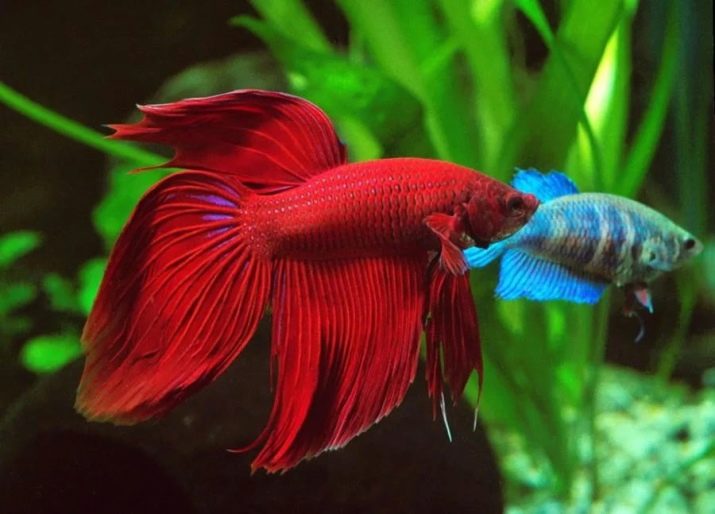
- Mollinesia. This type of aquarium fish is distinguished by selectivity for angelfish. Simple species do not cause any reaction in molliesia, but veiled ones can suffer greatly, having lost their tail and fins.
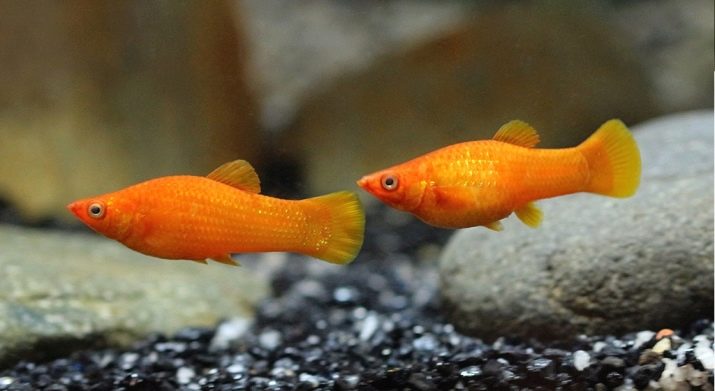
- Pecilia do not cause any aggression in scalars, peacefully coexisting next.
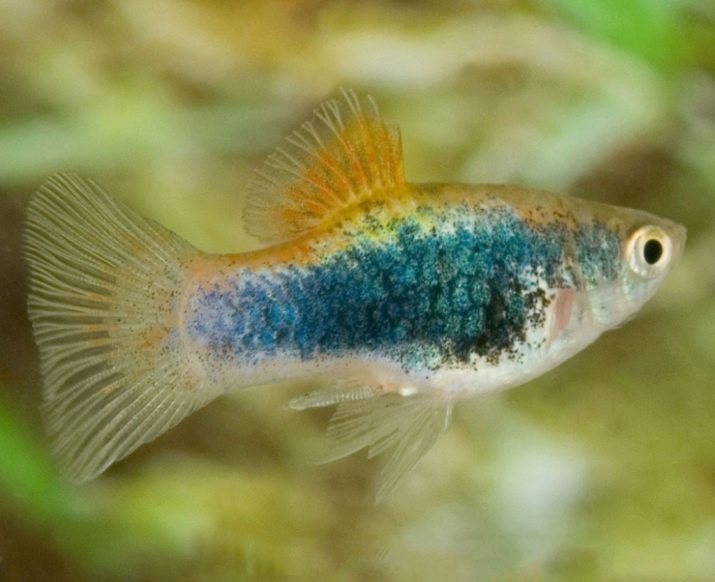
- Neons can get along with the pterophyllum only if they were launched into the aquarium at the same age. Otherwise, a flock of small fish will quickly cease to exist.
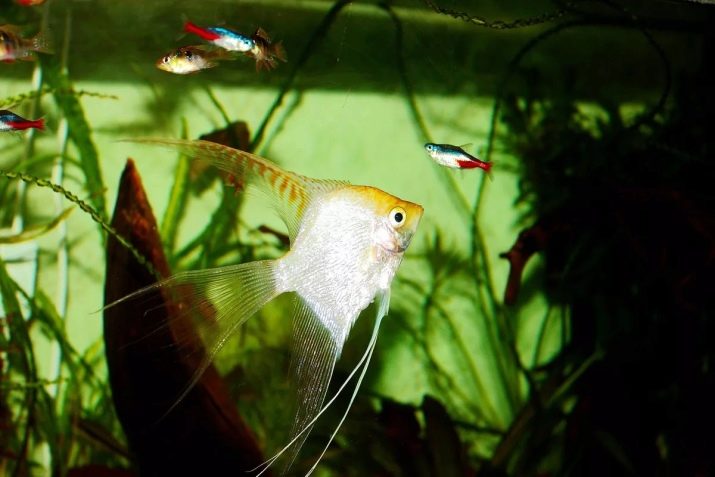
- Pseudotrophies quite reliable neighbors, but among them there are aggressive individuals. Therefore, it is necessary to monitor the behavior of the fish.
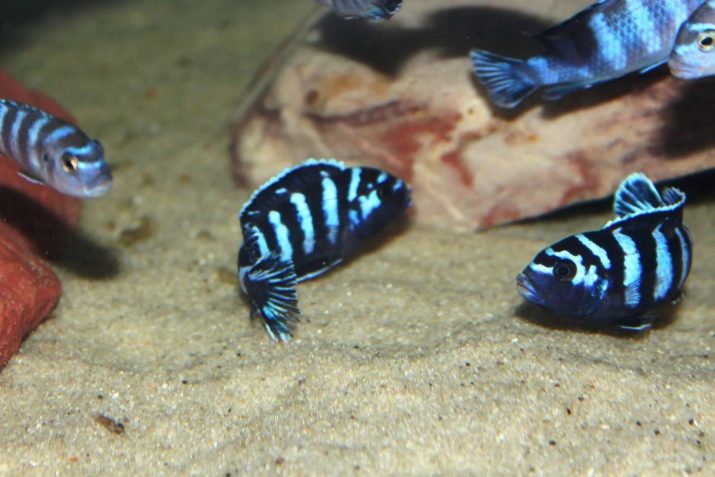
- Danio can get along in the same aquarium with scalar only if they grow together.
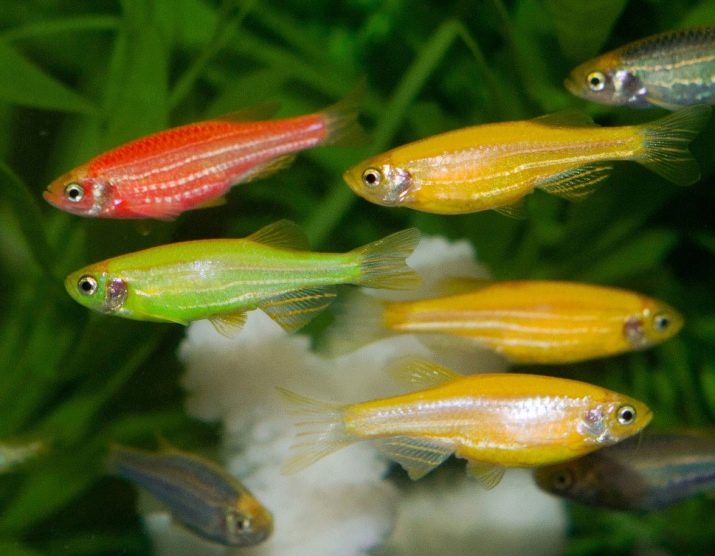
- Labeo. A rather large fish, in one instance, will not constitute a danger, except that it will drive away from its territory, but in large numbers it will be given to everyone - both relatives and neighbors.
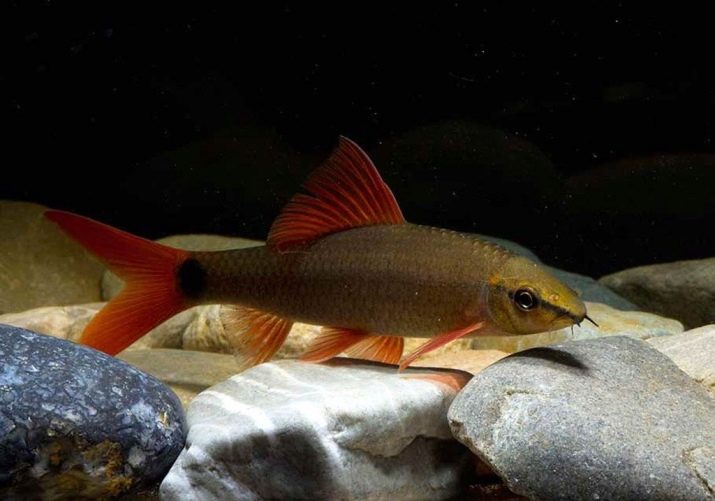
- Tetra. Angelfish and tetras are indifferent to each other and can coexist peacefully nearby. But tetras are very fond of greens and can quickly spoil plants in the aquarium.
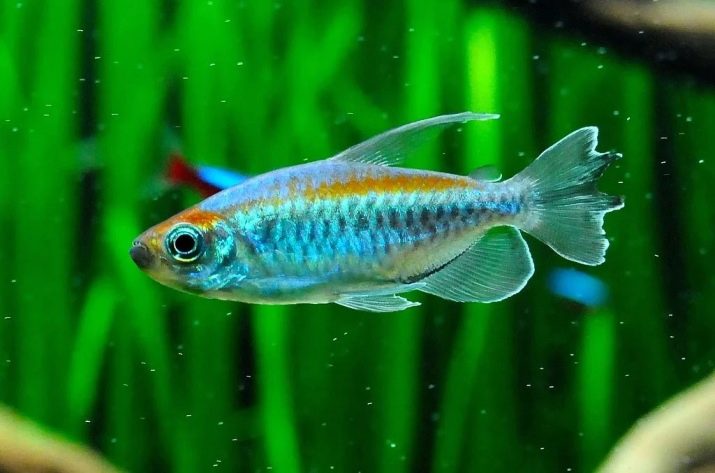
- Terence. A fish similar in terms of habitat poses a threat only to veil species of pterophyllum. With the other angels, the thorns get along peacefully.

- Botsi. Non-conflict by nature, fish easily get along with angels in the same territory, occasionally contacting without aggression from the scalars.
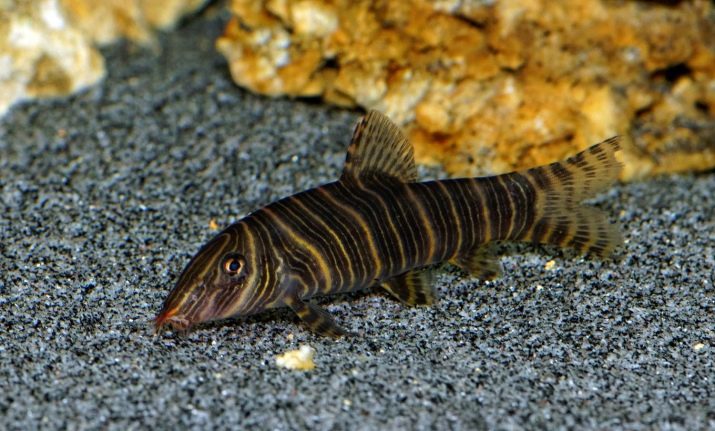
- Iris and angels get along only if they grow nearby. Otherwise, rainbows will have to be tight. But even in this case, no one guarantees the safety of young animals. Predator - he is always a predator.
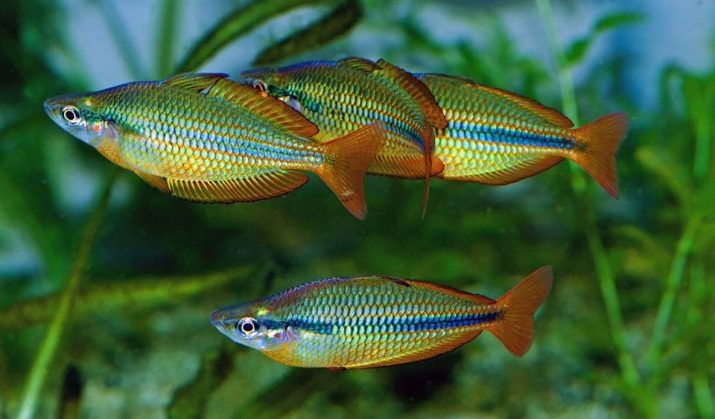
- Lyalius. A labyrinth fish can get along next to the pterophyllum, provided that it has somewhere to hide, but this possibility is conditional. Much depends on the desire of the owner of the aquarium and the nature of the angels. If you want, you can mix them in one aquarium, and you may get along.
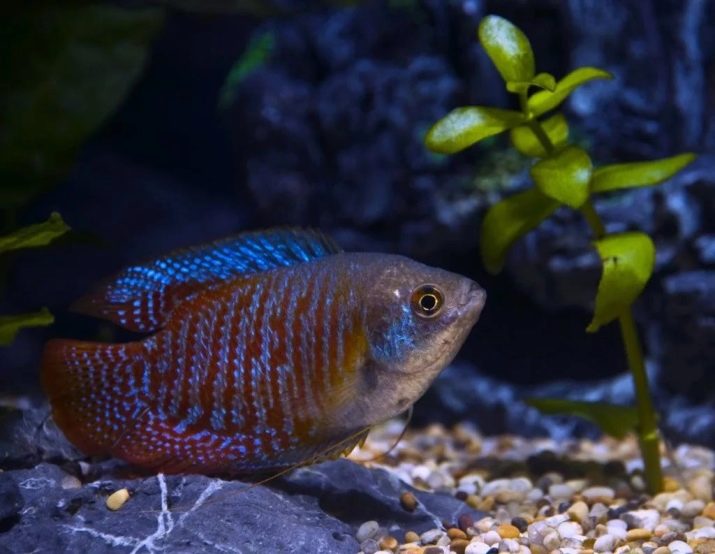
- Gourami and scalars get along well and look beautiful nearby.
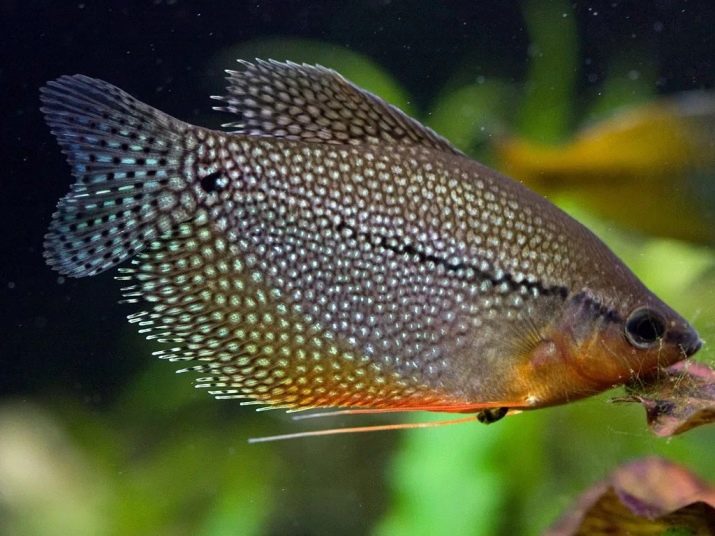
Much depends on the requirements for the conditions of detention, lifestyle and nutrition, as well as the nature of the inhabitants of the water world. It should be remembered that with some species of small fish, angel fish get along only if they grow nearby.
Who are incompatible with?
Incompatible species can immediately be attributed to those whose requirements for living conditions differ from scalar requests. For example, the Siamese algae eater does not approach the angel in the neighbors due to the fact that it needs more hard and alkaline water. And also some other fish are inappropriate neighbors.
- Swordsmen. Small, bright fish with long tail swords are very aggressive towards angels, stripping the lower fins.

- Barbs. Aggressive, nimble fish will quickly bring the angels to starvation and pluck their fins.
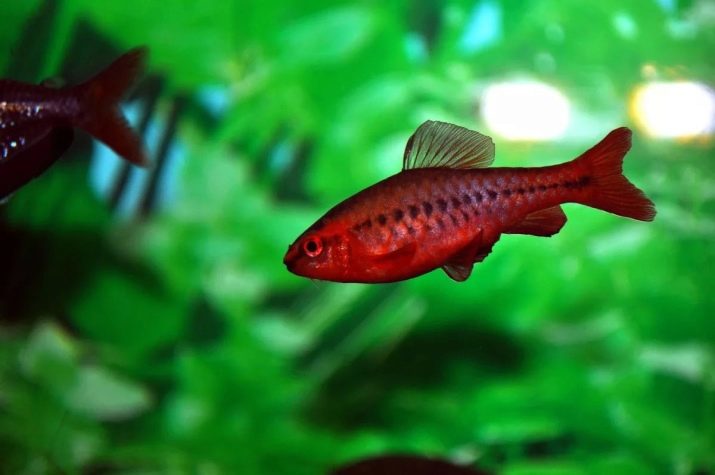
- Cichlidslike pterophyllums, predators, and much more nimble. Keeping these species in one aquarium will cause the scalars to starve. But there are no rules without exceptions. Peaceful coexistence is sometimes possible, it depends on the nature of the fish.
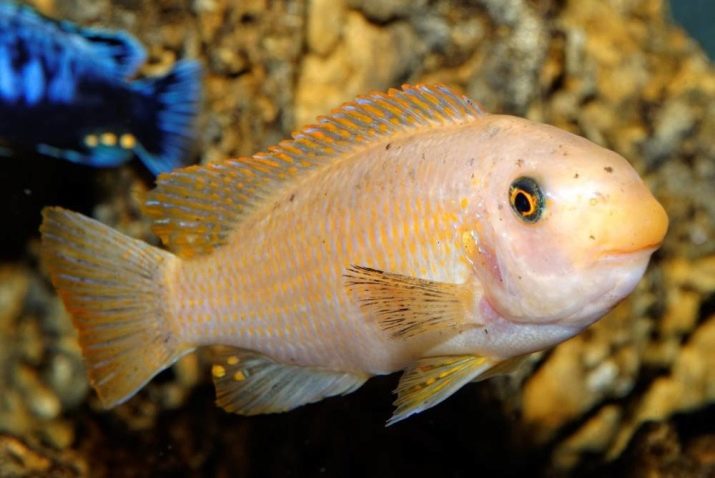
- Goldfish absolutely incompatible with angels both in character and in terms of detention. Different temperature conditions and requirements for water purity will not allow scalars and goldfish to live nearby.
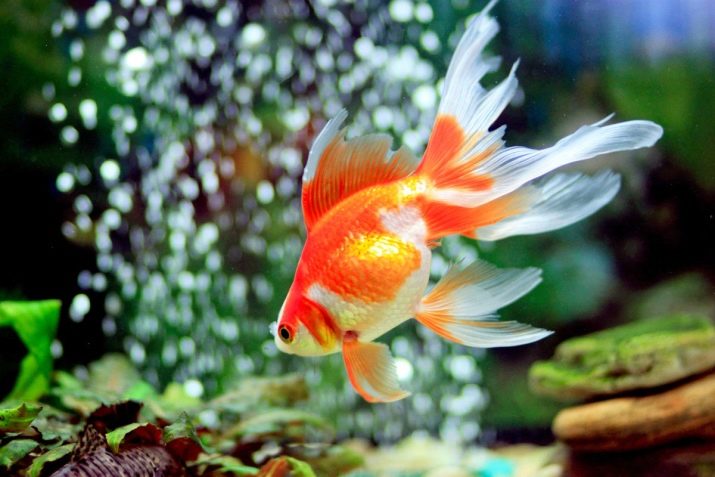
- Guppy. Only one word is possible here: feed. If you want to give the angels the opportunity to hunt, launch a flock of gupeshkes to them.
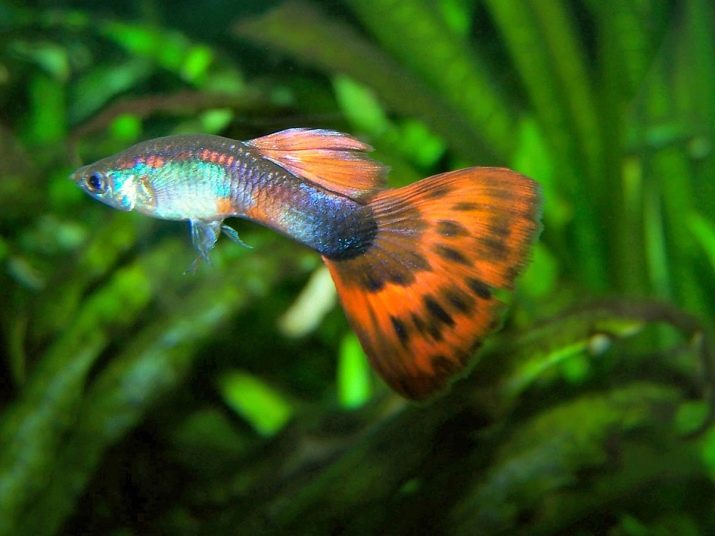
- Astronotuses do not get along with anyone except their appearance. These fish do not even fit every plant, not like other fish.
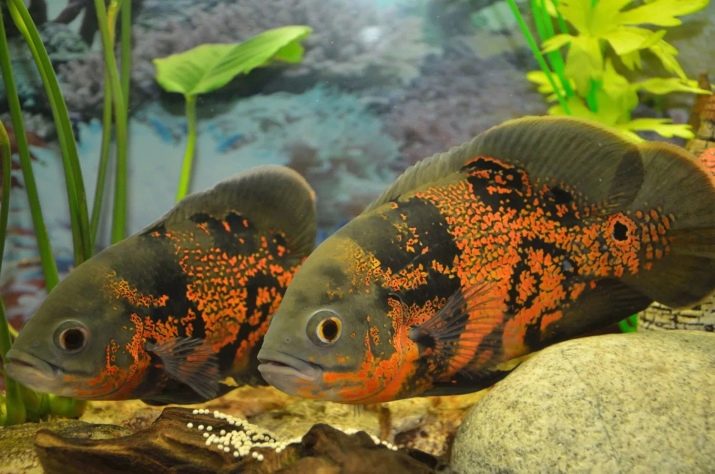
- Danio. If they grew up with the angels, then they still have a chance to stay alive, provided that they will quickly hide in the lower levels of the aquarium. And so, scalars quickly put them into consumption.
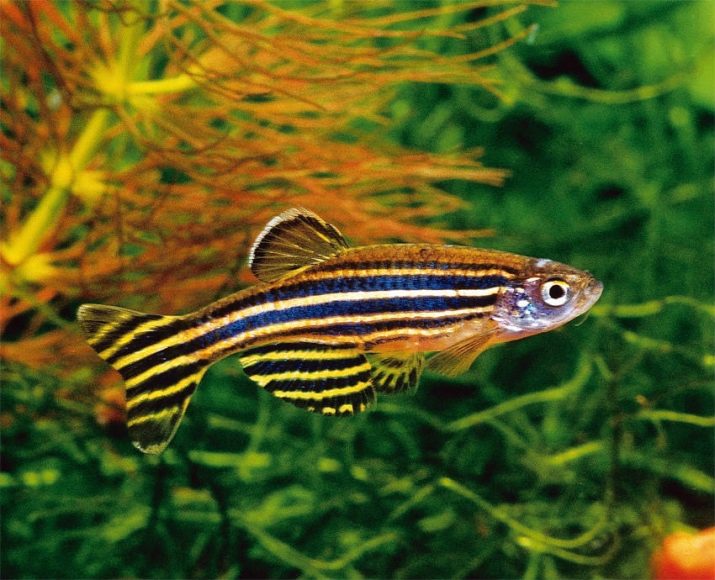
- Famous piranha they are still predators themselves, so the scalars have nothing to do next to them, unless you want to get rid of them.
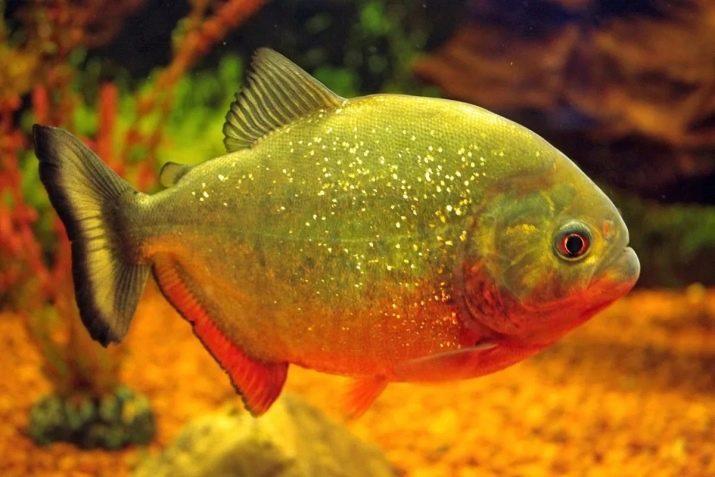
- Omnivore Severum is a fellow countryman of pterophyllum. It has a very fighting character and large territorial demands. Only fairly large and nimble fish can get along with him. The rule applies to angels: if you are lucky, you are not lucky, but it’s better not to risk it.
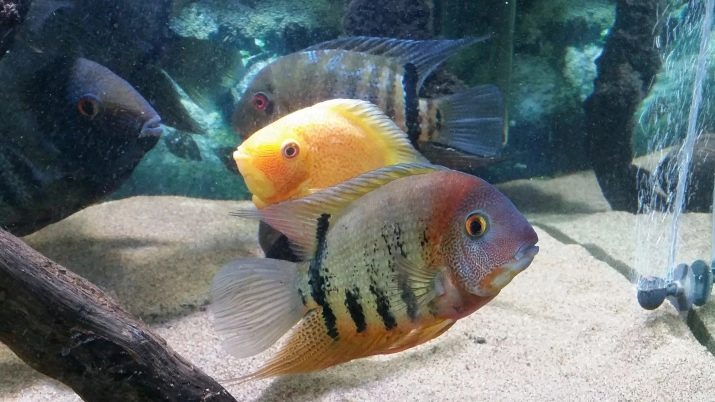
- Discus Similar to angels in terms of behavior and habitat requirements, fish can get along with each other only in a large aquarium, where they will not cross the life zones of rivals. Otherwise, the case will end in a mass brawl.
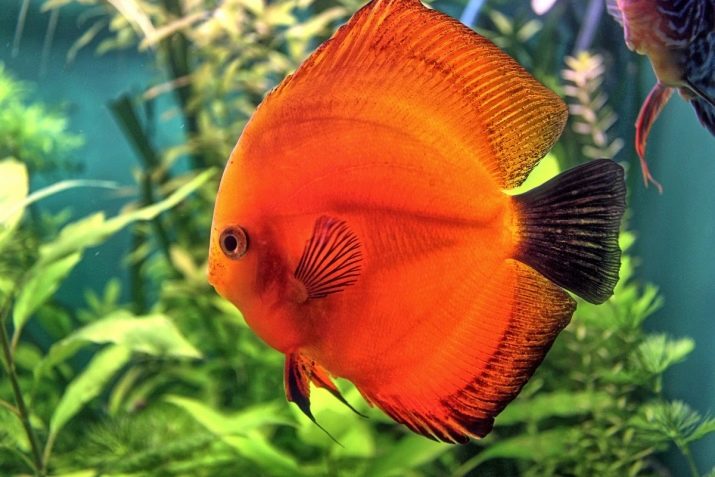
- Shrimp In a good way shrimp is not a fish, but it’s a food, especially their small representatives. Therefore, if you decide to keep shrimp in the aquarium with the angels, then be prepared for the former to be eaten by the latter in between meals, since scalars are prone to gluttony.
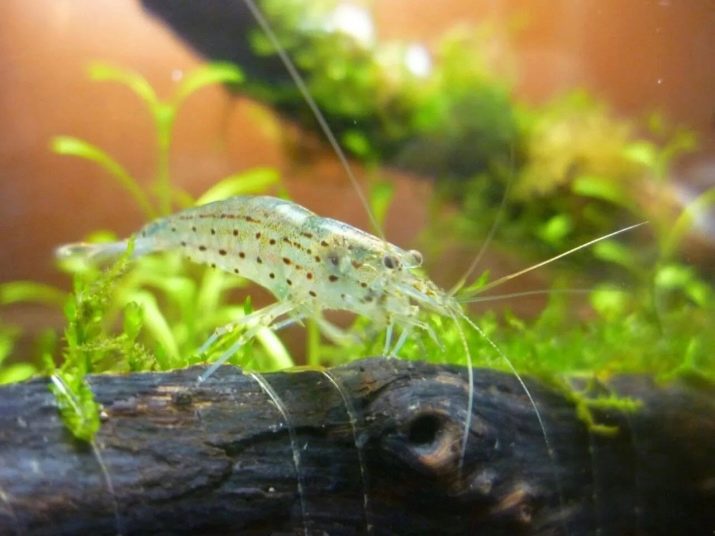
How do you get along with each other?
Angelfish are fish living in flocks of monogamous pairs. As in any flock, they have a leading pair, which gets the best food and places for spawning. In principle, the fish coexist peacefully, only dominants occasionally chase subordinates, showing who is the boss. Angels show the greatest aggression during spawning, protecting the nest. During spawning, anyone who invades the territory of the nest is expelled or may be killed.
The rest of the time, the fish only take threatening poses, flaunting in front of rivals.
It’s not worthwhile to plant new individuals in the existing team, because this will lead to fierce fights between the fish, and beginners can be badly damaged.
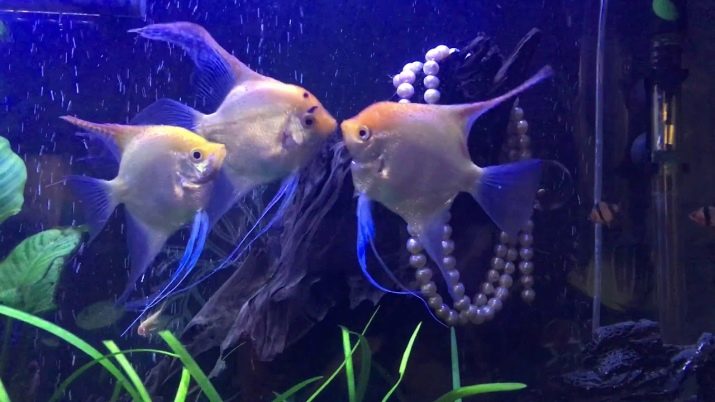
They contain scalar alone, in pairs or in small groups, as far as the volume of the aquarium allows. For a comfortable stay of one pair of angels, an aquarium of at least 60 liters is required.
You'll learn even more about scalars from the video below.
